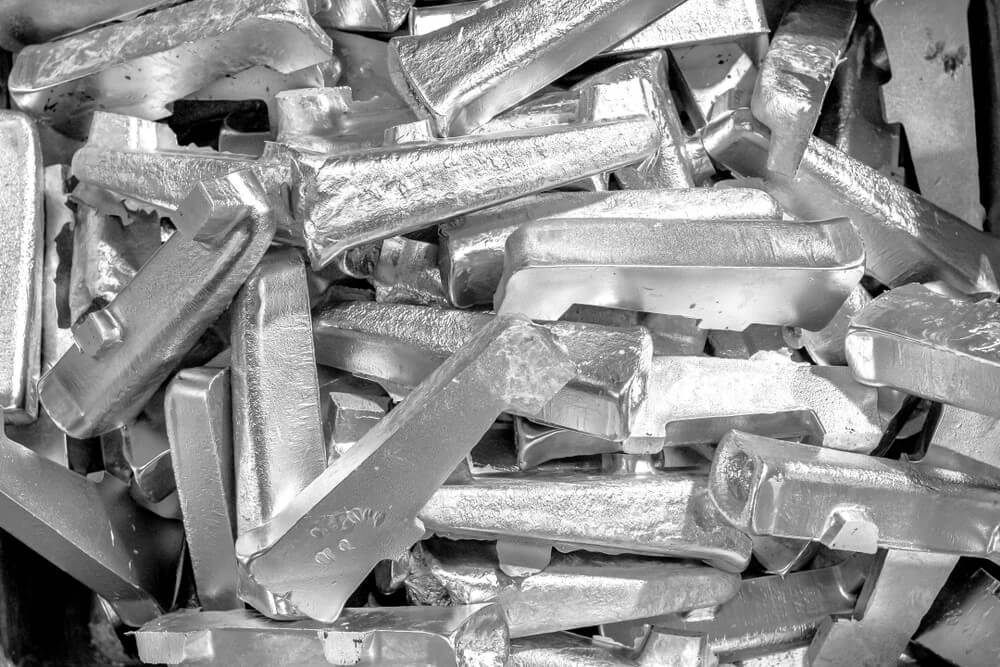Platinum’s pace of replacing palladium in autocatalyst production has lost momentum as the two metals near price parity, a trend analysts expect to continue through 2024.
The 39% decline in palladium prices the year earlier was ahead of the increased platinum usage in emission-reducing autocatalysts and growing sales of battery-enabled electric vehicles (EVs).
The World Platinum Investment Council (WPIC) reported that about 620,000 ounces of palladium were substituted for platinum in 2023 against 385,000 ounces in 2022. For 2024, the WPIC estimates the replacement to be 700,000 ounces.
WPIC’s head of research, Edward Sterck, predicts palladium will start being displaced by platinum from 2025, specifically when palladium hits surplus.
Sterck noted that substituting platinum for palladium or vice versa is a process that takes time. It primarily happens with new vehicle models, and usually, only 15% of the cars manufactured yearly are new.
The sister metals are interchangeable in gasoline autocatalysts, which represent 80% of overall palladium demand. Metals Focus consultancy projects a demand of 9.7 million ounces for palladium and 8.1 million ounces for platinum.
The consultancy’s director, Nikos Kavalis, said they are already observing the replacement slowing down or halting in some instances, adding that the process is bound to reverse.
The shift will not happen overnight, according to Kavalis, as autocatalyst designs often occur long before vehicles are made.
Palladium futures for March delivery eased by 0.32% to $937.53 per troy ounce on Wednesday, while April contract platinum futures dipped by 0.46% to $900.50 in the Asian afternoon session.
Platinum 2025 Outlook Optimistic, Lower ICE Output Expected
Platinum’s outlook into 2025 appears optimistic due to an improved autocatalyst demand trend despite analysts’ projections of a decline in global internal combustion engine (ICE) vehicle output.
Global ICE production, including non-plug-in hybrids, is set to dip by 3.1% this year and 3.7% in 2025 due to the steady adoption of battery electric vehicles (BEVs).
Through next year, the projections align with Deutsche’s global autos team’s adoption curve for BEVs in December. However, the optimism is expected to weaken between 2025 and 2030.
Despite a less optimistic outlook for BEV adoption, global ICE sales are seen dropping more quickly after next year, with the decline occurring faster at an annualized 5.1% between 2025 and 2030.
Partially offsetting the forecast is manufacturers’ likelihood of utilizing higher loadings to satisfy stricter emission requirements, which has resulted in a 1.9% trend growth since 2006. Emissions regulation becoming more stringent currently shows no sign of easing soon.











